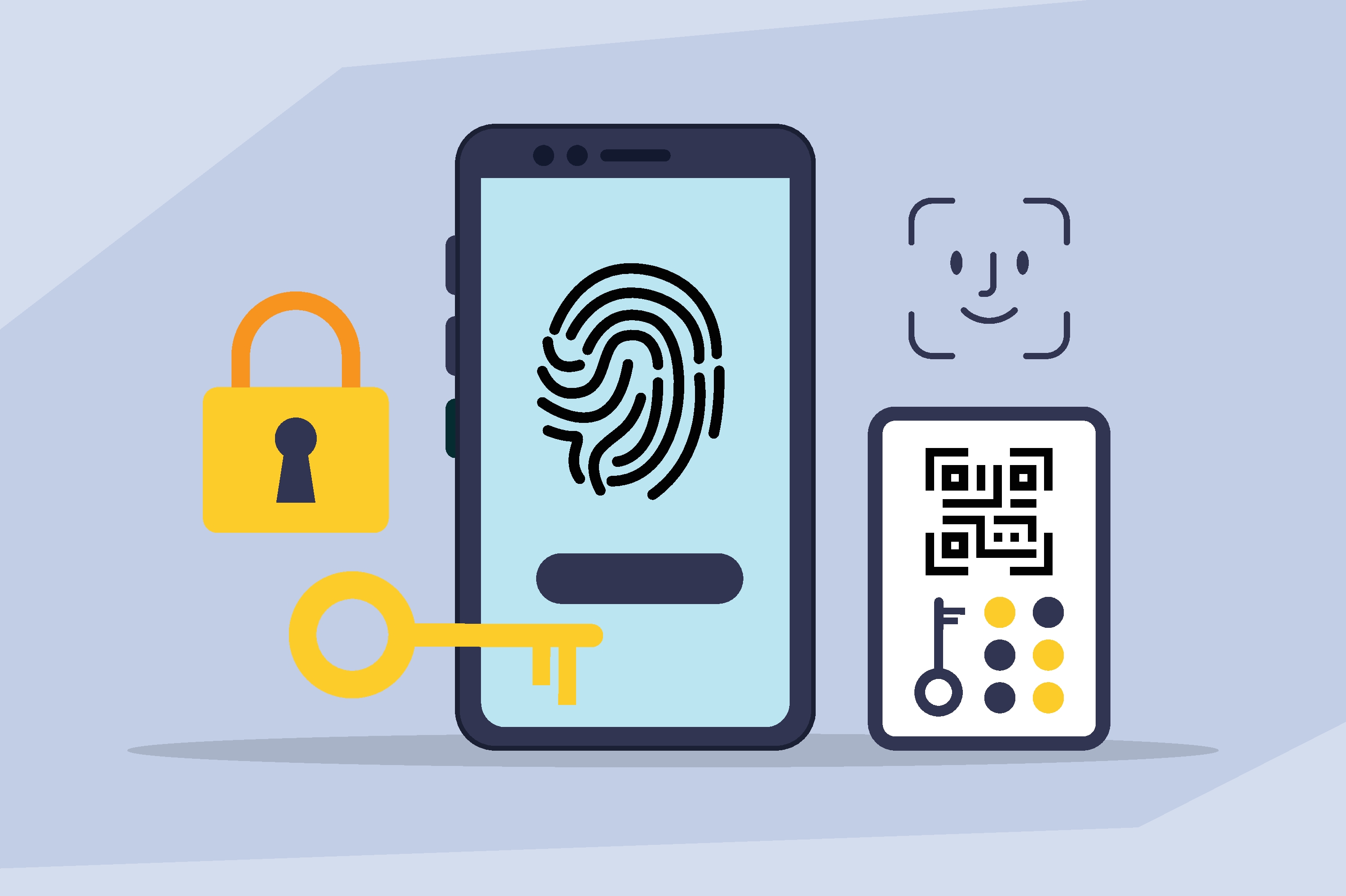Why Are Banks Opening Their APIs? Innovation & Staying a Step Ahead in the Digital Space

As FinTechs continue to disrupt traditional financial services, banks are waking up to the fact that offering an Open API that developers can latch on to and create very specific customized app solutions is how to engage and retain their customers. Banks and other financial institutions share codes through application programming interfaces of software gateways that allow applications to work together. APIs are banks’ tools for survival and relevance in a smartphone-first world. So making it open to outsiders is pretty much like inviting the competition to come in and read the insider’s note. However, industry watchers say that offering an Open API is not a deterrent. Instead, it lets fresh-off-the-boat tech companies and ever competitive developers innovate much faster on the built platform, as opposed to keeping their app development limited to compliance-inhibited, resource-strapped IT organizations.
Among large US banks making bits and pieces of their internally developed software available to outsiders are Citigroup, BBVA Compass, Bank of America, and Capital One. Other more prominent names who have done this before are Google, which makes its Maps API available; PayPal, which makes its payment API available; and FedEx, which offers its location and tracking APIs to others. The idea to do this is to move more transactions or users through their systems.
For banks and financial institutions, finding innovation is key to offer this new openness. By sharing APIs, sometimes even through hackathons, where outside developers are given software tools for an approved amount of time, the idea is to build new apps, through a fresh perspective, ideas that can be generated and implemented. In Citi’s case, offering APIs was a progression of the bank’s efforts to use APIs internally to integrate systems and channels. The Citi Mobile Challenge gave FinTech startups, and other companies access to build something on and with Citi, leading to integration with the organization.
Another example is BBVA Compass, which made a set of its authentication and payment APIs available to Dwolla, the payment network provider. The two companies worked to develop a way to authenticate customers and tokenize their credentials so that no personally identifiable information was passed to Dwolla, despite linking to BBVA accounts and moving money in real time. According to BBVA representatives, the aim was to bypass the traditional ACH model. By the time a customer’s deposit is verified, and the money is transferred, a couple of days are lost. The bank wanted to accomplish this transfer in real time through integration with Dwolla.
Specific customization is another reason to Open APIs so as to let tech-savvy customers create their own defined services. Silicon Valley Bank, which caters to some of the largest US tech companies, lets its clients access its products through tools using OFX standard (OFX, or Open Financial Exchange, is a unified specification for the electronic exchange of financial data among financial institutions, businesses and consumers via the Internet.) This, say bank’s digital strategy representatives, will go a long way in future digital transformations and how the bank will engage with its customers.
APIs are changing the way companies engage with each other. It lets them take advantage of their core service strengths, provides a model for innovation, and integrates customers through inventive and customized measures. A bank offering an Open API will help a FinTech startup come up with new payment products. The idea is to take a step forward together and always stay relevant in the ever-evolving digital world.
To learn more about Prove’s Identity solutions and how to accelerate revenue while mitigating fraud, schedule a demo today.

Keep reading
 Read the article: The Death of the OTP: Why Legacy MFA is Failing the Modern Consumer
Read the article: The Death of the OTP: Why Legacy MFA is Failing the Modern ConsumerDiscover why legacy MFA is failing and how Prove Unified Authentication provides a smarter, frictionless alternative. Learn how to replace insecure SMS OTPs with continuous, multi-layered identity assurance that prevents fraud while boosting conversion rates.
 Read the article: Prove Launches ProveX℠, the Internet’s First Digital Trust Exchange
Read the article: Prove Launches ProveX℠, the Internet’s First Digital Trust ExchangeProve launches ProveX, ProveX, a new digital trust exchange that enables enterprises to instantly access verified data and credentials from partners, while preserving trust through every interaction
 Read the article: Beyond the OTP: Why SMS-Based 2FA Is Failing and What Comes Next
Read the article: Beyond the OTP: Why SMS-Based 2FA Is Failing and What Comes NextExplore the classic conflict between security measures and user friction.













